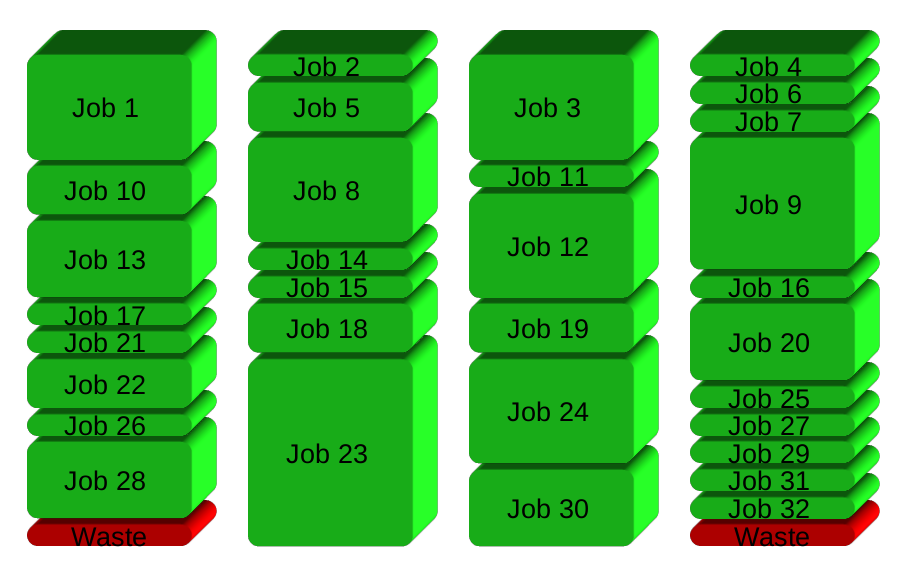为了最大限度地提高 CPU 使用率(我在 EC2 中的 Debian Lenny 上运行),我有一个简单的脚本来并行启动作业:
#!/bin/bash
for i in apache-200901*.log; do echo "Processing $i ..."; do_something_important; done &
for i in apache-200902*.log; do echo "Processing $i ..."; do_something_important; done &
for i in apache-200903*.log; do echo "Processing $i ..."; do_something_important; done &
for i in apache-200904*.log; do echo "Processing $i ..."; do_something_important; done &
...
我对这个可行的解决方案非常满意,但是我不知道如何编写仅在所有循环完成后才执行的进一步代码。
有没有办法控制这个?

